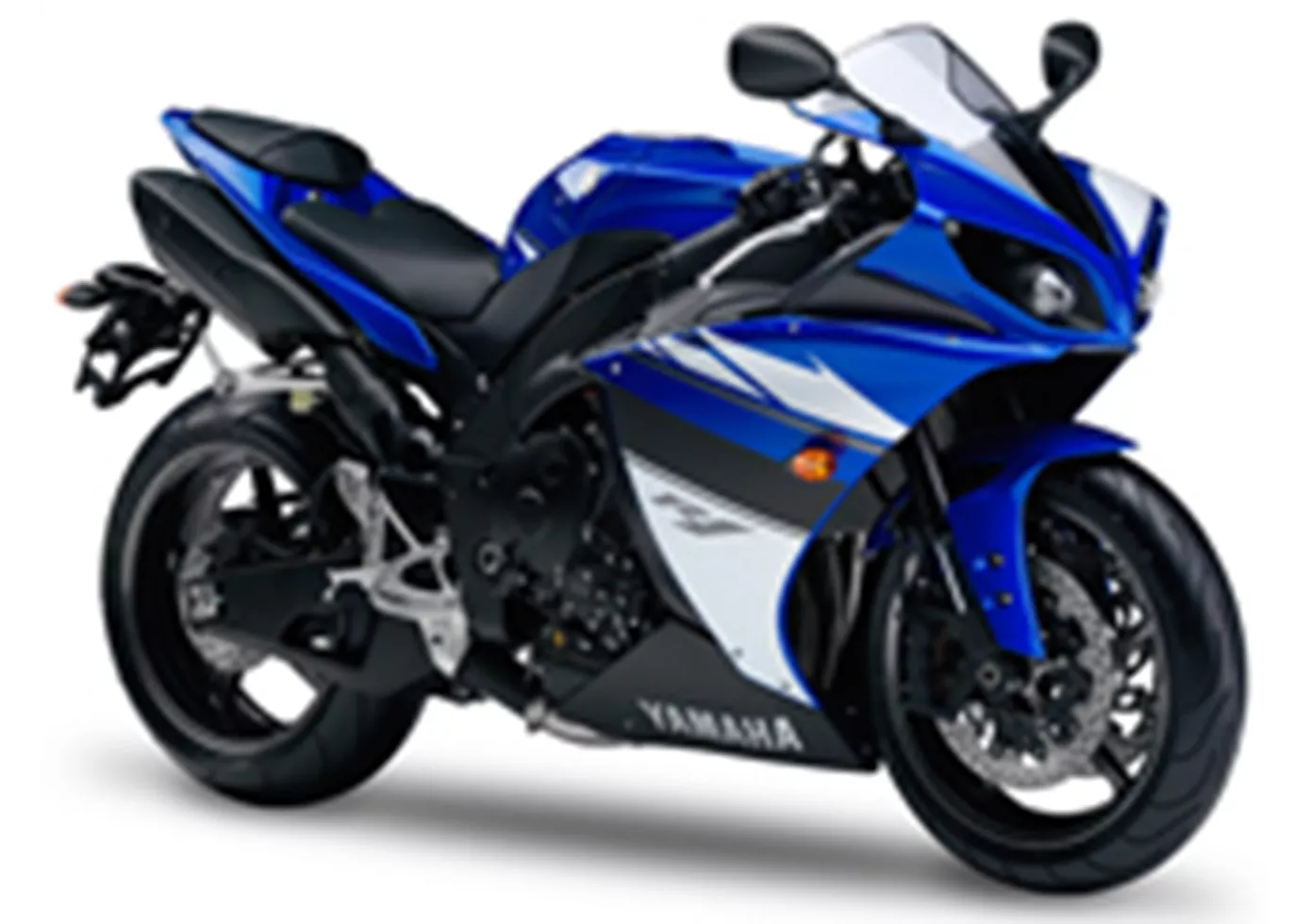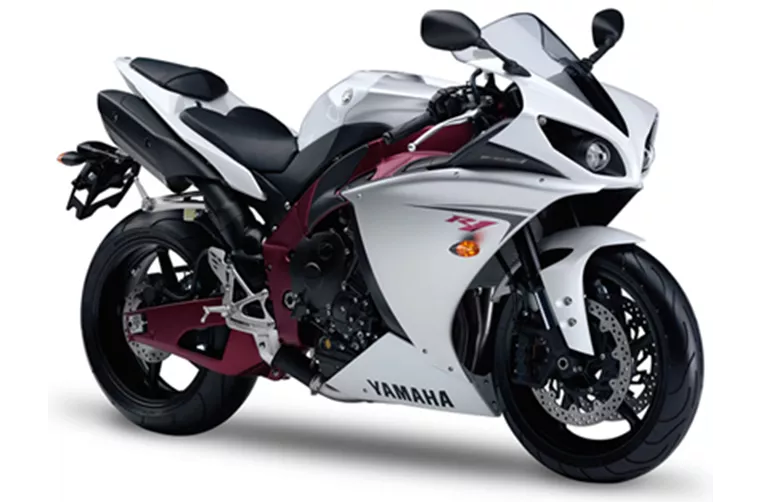Yamaha R1 2009 vs. BMW S 1000 RR 2011

Yamaha R1 2009

BMW S 1000 RR 2011
Overview - Yamaha R1 2009 vs BMW S 1000 RR 2011
The Yamaha R1 model year 2009 and the BMW S 1000 RR model year 2011 are both supersport motorcycles that offer impressive performance and advanced features. While they share some similarities in terms of engine type, suspension, and chassis, there are also notable differences that set them apart.
In terms of engine specifications, the Yamaha R1 2009 is equipped with an in-line four-cylinder engine with a displacement of 998cc. It produces a power output of 182 HP and a torque of 115.5 Nm. The BMW S 1000 RR 2011 also features an in-line four-cylinder engine but with a slightly larger displacement of 999cc. It delivers a higher power output of 192 HP and a torque of 112 Nm. Both motorcycles have a high compression ratio, with the Yamaha R1 at 12.7 and the BMW S 1000 RR at 13.
When it comes to suspension, both motorcycles feature telescopic forks at the front and swing arm suspension at the rear. This setup provides good stability and control during cornering and ensures a smooth ride. The chassis of both bikes is made of aluminum, which offers a good balance of strength and weight reduction. However, the Yamaha R1 has a Deltabox frame, while the BMW S 1000 RR has a Twin Tube frame.

Yamaha R1 2009
In terms of braking, both motorcycles are equipped with double disk brakes at the front, providing excellent stopping power. This ensures that the bikes can handle high speeds and aggressive riding styles with ease.
In terms of dimensions and weights, the BMW S 1000 RR has a slightly longer wheelbase of 1432 mm compared to the Yamaha R1's 1415 mm. The seat height of the BMW is also slightly lower at 820 mm compared to the Yamaha's 835 mm. The dry weight of the BMW S 1000 RR is lighter at 183 kg, while the Yamaha R1 weighs 206 kg. Both motorcycles have a fuel tank capacity of around 17-18 liters.
Moving on to the strengths of each motorcycle, the Yamaha R1 2009 is known for its sophisticated sound, delivering a thrilling riding experience. It also offers a good feeling for power delivery and easy handling, making it suitable for both experienced and novice riders. Additionally, the hydraulic spring preload and high level of workmanship contribute to its overall appeal.

BMW S 1000 RR 2011
On the other hand, the BMW S 1000 RR 2011 boasts improved driveability with an optimized torque curve, providing a smooth and powerful acceleration. It also has a strong engine and a good traction point, ensuring excellent performance on the road. The immaculately functioning shift assist adds to the overall convenience and ease of riding.
However, both motorcycles have their weaknesses. The Yamaha R1 2009 has a suboptimal seating position, which may not be comfortable for long rides. It also experiences some difficulty in cornering over long distances. On the other hand, the BMW S 1000 RR 2011 can be fatiguing during accelerating loads, which may affect the overall riding experience.
In conclusion, both the Yamaha R1 2009 and the BMW S 1000 RR 2011 are impressive supersport motorcycles with their own unique strengths and weaknesses. The Yamaha R1 offers a sophisticated sound and easy handling, while the BMW S 1000 RR provides improved driveability and plenty of power. Ultimately, the choice between the two would depend on the rider's preferences and priorities.
Technical Specifications Yamaha R1 2009 compared to BMW S 1000 RR 2011
Pros and Cons in comparison
Pros and Cons in comparison
Yamaha R1 2009

Of course, the new R1 engine also passed all the tough Yamaha stress tests and comes with the same guarantees as other Yamaha motorbikes. Because until now, it was precisely the issues of durability and reliability that prevented series production of such an engine.
BMW S 1000 RR 2011

The most important changes to the S 1000 RR, however, were the numerous small adjustments to the chassis and geometry. Here we now benefit from thousands of test kilometres from the BMW test crew. This is logical evolution and a great step forward.
Price Comparison Avarage Market Price Yamaha R1 vs BMW S 1000 RR
There are a few key differences between a Yamaha R1 2009 and a BMW S 1000 RR 2011. It takes less time to sell a Yamaha R1 with 45 days compared to 47 days for a BMW S 1000 RR. Since model year 2005 1000PS.de editors have written 80 reviews for the Yamaha R1 and 135 reviews for the BMW S 1000 RR since model year 2010. The first review for the Yamaha R1 was published on 4/28/2003 and now has more than 3,900 views. This compares to more than 4,000 views for the first review on BMW S 1000 RR published on 4/16/2008.




















